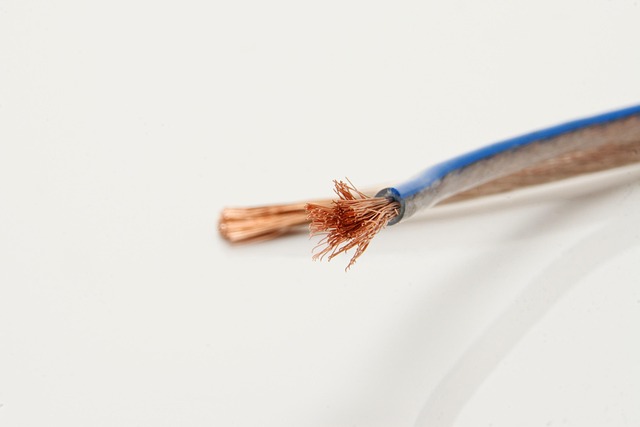The Battle For Trillion-dollar New Infrastructure Orders: Global Opportunities Behind The Upgrade Of Flexible DC Cable Certification Standards
 Mar 25,2025
Mar 25,2025

 Suke
Suke
Driven by the global energy transformation and the wave of "new infrastructure", Flexible DC Cables (HVDC Flexible Cables), as a key technology to connect renewable energy and power grids, are becoming a strategic highland in the trillion-scale market. However, with the improvement of cable performance, safety and environmental protection requirements in various countries, an industrial competition around the upgrading of certification standards has quietly kicked off.
1. Certification standard upgrade: from "compliance" to "leader"
In recent years, the certification system of flexible DC cables is undergoing rapid iteration. The "Flexible aluminum alloy Cable for photovoltaic power generation Systems" (T/CPIA 0054-2023) released by China for the first time included aluminum alloy cables in the standard, filling the gap in the direct current connector in the photovoltaic field, and emphasizing the optimization of trace elements to improve conductor performance. At the same time, the implementation of the Mandatory Product Certification Implementation Rules for Explosion Proof Electrical (CNCA-C23-01:24) in May 2024 further tightened the requirements for cable weather resistance and anti-interference ability, pushing enterprises to shift from "meeting standards" to "technology leadership". At the international level, the standards of ISO, UL and other institutions are also being upgraded simultaneously, requiring cable products to pass the full life cycle test, covering every link from materials, production to application scenarios.

2. Technical breakthrough: the core competitiveness of flexible DC cable
The competition of the new generation of flexible DC cables focuses on efficient transmission, long life and scene adaptation. For example, the latest dynamic cable for shore power developed by Chinese manufacturer enhances the weather resistance of the sheath through nanomaterials, so that its life in extreme environments can be increased by 30%; The soft and direct technology of Shandong Tengteng realizes the bidirectional flow and rapid regulation of electric energy through voltage source converter (VSC), supporting cross-regional grid interconnection and efficient consumption of renewable energy. In addition, the trend of "aluminum instead of copper" is significant - aluminum alloy cables, with the advantages of low cost and small bending radius, have achieved a large-scale application of 62,000 kilometers in the photovoltaic field.
3. Market pattern: Who will dominate new infrastructure orders?
In the global market, companies with technical certification and capacity advantages are seizing the opportunity:
Chinese manufacturers: With cost control and rapid iteration ability, leading PV and shore power scene;
European companies: Focus on offshore wind power and trans-continental power grid projects, relying on mature high-voltage technology accumulation to compete for high-end market;
New forces in North America: Improve cable operation and maintenance efficiency through AI-driven intelligent monitoring technology, targeting smart grid needs.
However, the challenges are just as serious. The high cost of equipment, the lack of international compatibility of standards, and the requirements for local certification in emerging markets are testing the ability of companies to deploy globally.

4. Future outlook: standardization and innovation dual track competition
The competitive nature of flexible DC cable is the game between standard discourse power and technical moat. Companies need to advance two strategies simultaneously:
Deep participation in the formulation of standards: such as the T/CPIA standard led by the China Photovoltaic Industry Association, which opens the window of technology output for enterprises;
Strengthen cross-border cooperation: for example, joint research and development between grid operators and materials science laboratories to shorten the cycle from technology to application.
For overseas customers and investors, the selection of partners needs to focus on: certification coverage (such as whether it meets the mandatory standards of the target market), technology patent reserves, and the maturity of the application case. In this standard upgrade war, only enterprises with innovative flexibility and compliance ability can become the ultimate winner of trillions of orders.

 Home
Home Quality Testing And Certification Requirements For UL 3132 Wire: How To Ensure Compliance With UL Standards?
Quality Testing And Certification Requirements For UL 3132 Wire: How To Ensure Compliance With UL Standards?  You May Also Like
You May Also Like

 Tel
Tel
 Email
Email
 Address
Address














